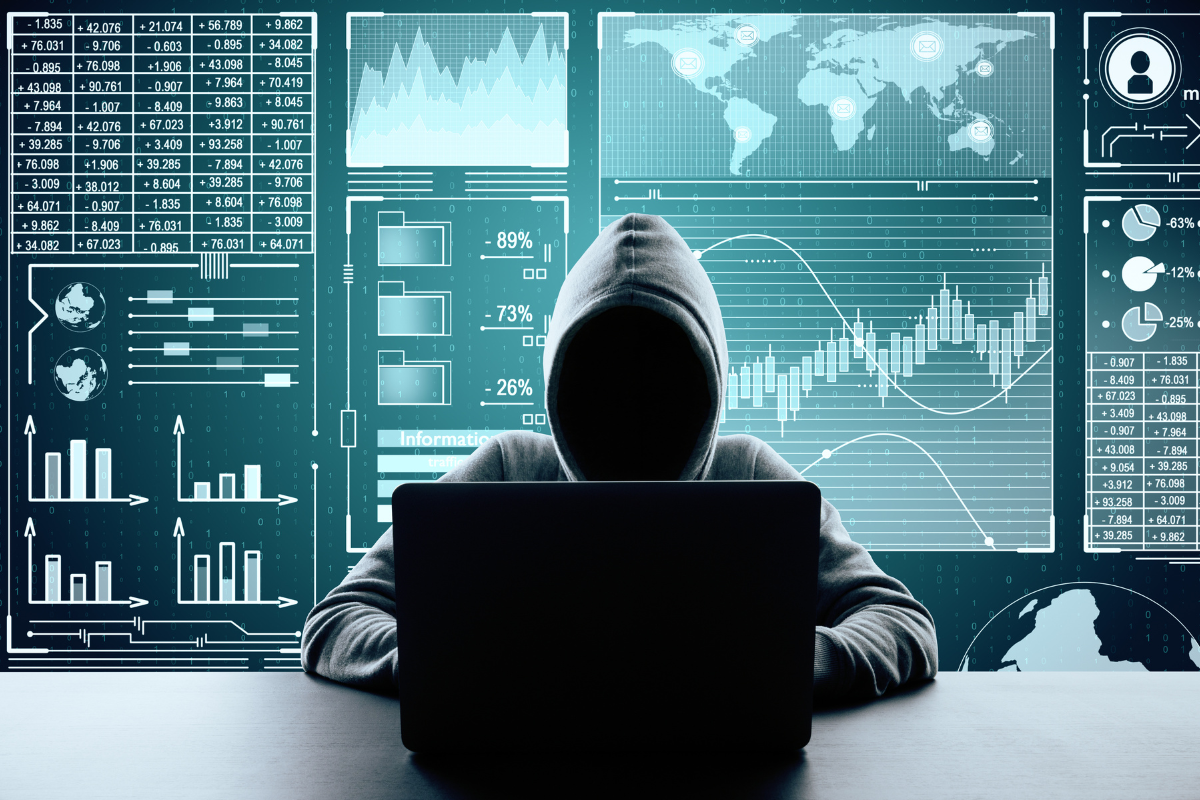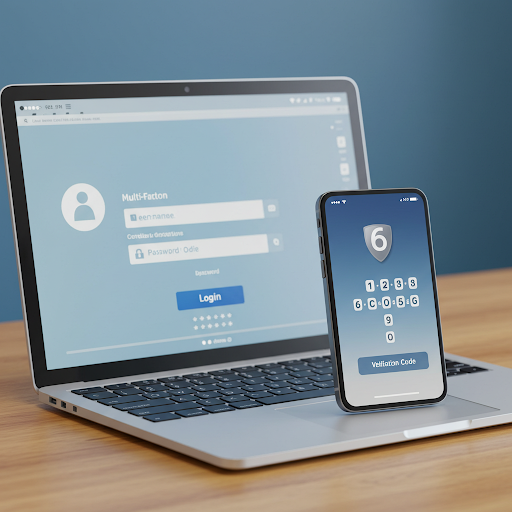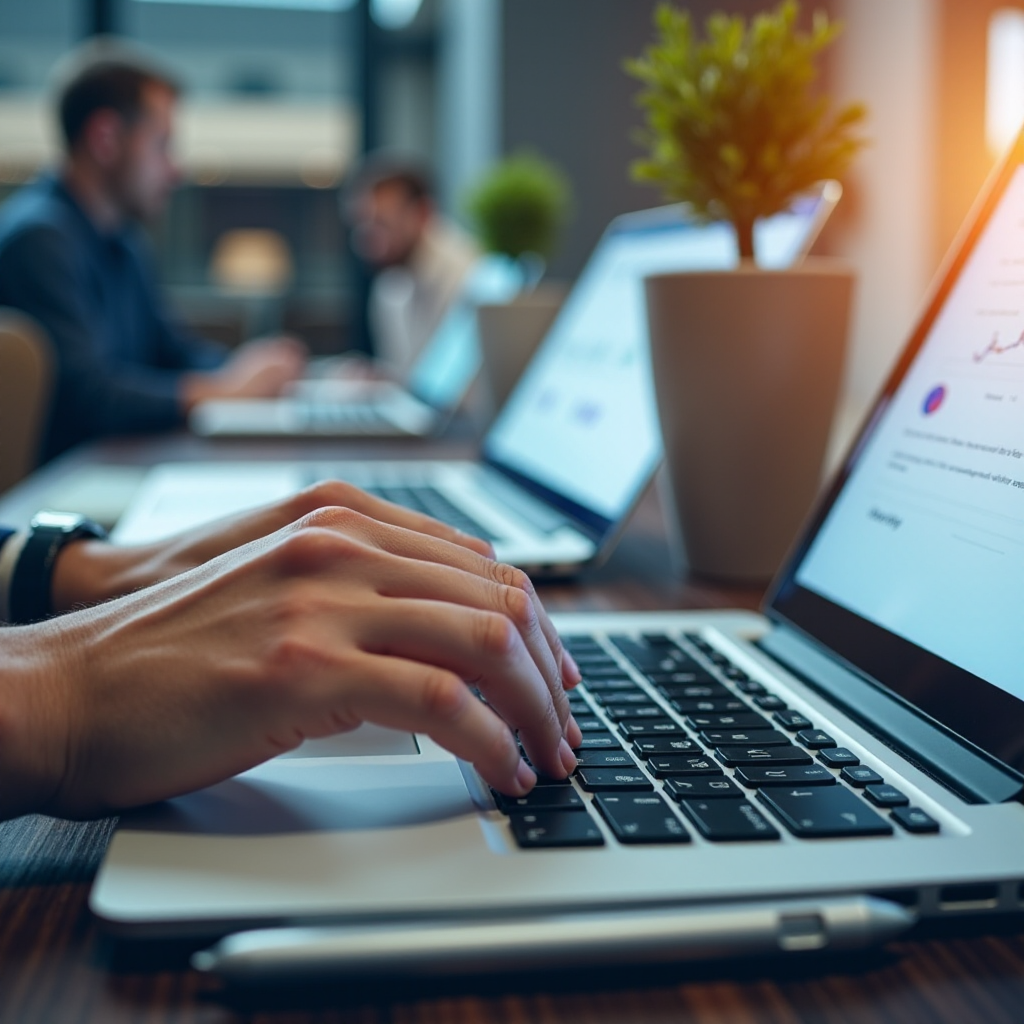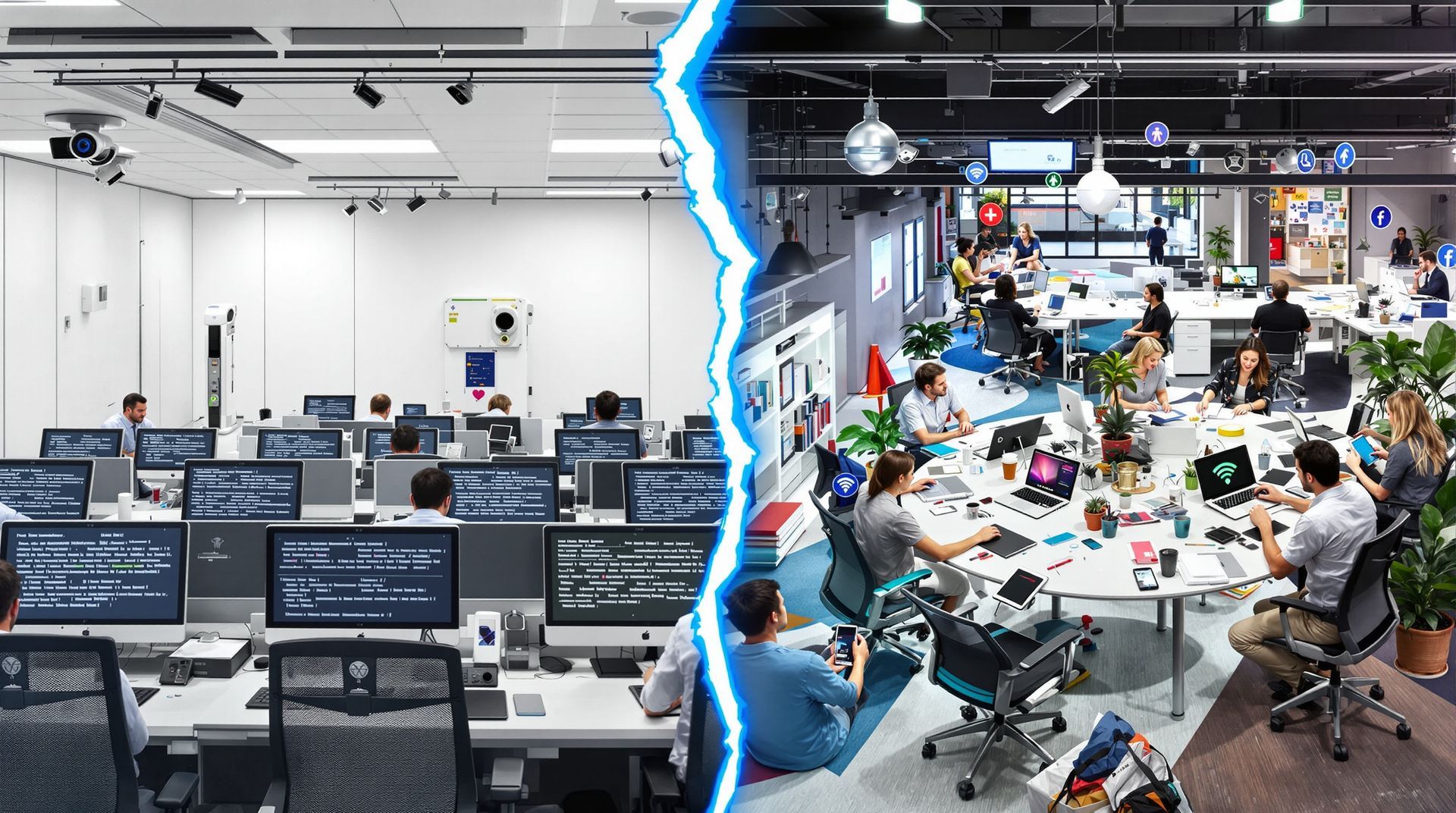Understanding Ransomware Basics and Business Prevention Strategies
Understanding Ransomware Basics and Business Prevention Strategies
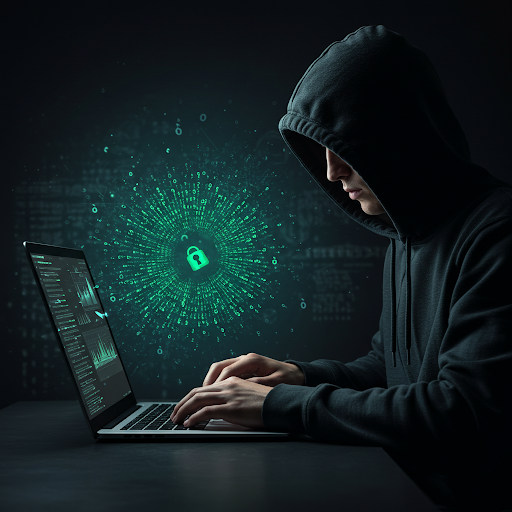
Introduction to Ransomware and Its Impact on Businesses
Ransomware has emerged as a significant threat in the modern cybersecurity landscape, affecting businesses of every size and sector. Essentially, ransomware is a type of malicious software designed to block access to a computer system or data until a sum of money is paid. Ransomware attacks can cause severe disruptions, halting operations, resulting in substantial financial losses, and damaging a company's reputation. The growing sophistication of ransomware attacks has only heightened the danger they pose. Perpetrators often leverage advanced encryption tactics that make it challenging to recover the locked data without paying the demanded ransom. Additionally, ransomware does not only threaten financial stability but also legal standing, as companies may face compliance violations related to data protection regulations. Understanding ransomware and its far-reaching implications is the first step for businesses to protect themselves effectively.
Common Ransomware Attack Vectors
Ransomware can infiltrate business networks through various channels, making it a versatile threat. One primary attack vector is phishing emails, where an unsuspecting employee opens a deceptively genuine-looking email attachment or clicks on a harmful link, thereby executing the ransomware. Malvertising, or malicious online ads, is another method wherein users are tricked into downloading malware disguised as legitimate software. Vulnerabilities in network systems, outdated software, and insufficient security patches further heighten the risk of ransomware attacks. Occasionally, cybercriminals also employ Remote Desktop Protocol (RDP) compromises, where they utilize stolen credentials to gain unauthorized access to company systems. Understanding these vectors is critical for businesses to effectively implement preventive measures and safeguard their IT infrastructure from potential breaches.
Implementing Robust Business Prevention Strategies
- Adopt a proactive approach by regularly updating software and systems to patch known vulnerabilities.
- Ensure your cybersecurity strategy includes advanced firewalls and antivirus solutions capable of identifying and stopping attempts to deploy ransomware.
- Utilize employee training programs to foster a culture of awareness and caution regarding suspicious email and web interactions.
- Implement regular data backups and store them off-network to safeguard your data against potential ransomware encryption.
- Consider investing in network segmentation and the principle of least privilege, restricting access to sensitive data to essential personnel only.
The Role of Incident Response and Recovery
An effective incident response plan is vital for mitigating the impact of a ransomware attack. This plan should encompass a clear set of actions to identify, contain, and eradicate ransomware threats swiftly. Containment could involve isolating infected machines and blocking network traffic from communicating with command and control servers. Following containment, a thorough investigation into the breach should be conducted to close gaps and prevent future incidents. Recovery should focus on restoring business-critical operations, which underscores the importance of having regularly updated backups. Consistent testing of these backups ensures readiness to reinstate data and operations effectively. Additionally, post-incident analysis and lessons learned should inform future improvements to the organization's cybersecurity posture. By preparing for potential incidents comprehensively, businesses can minimize the downtime and damage associated with ransomware attacks.
The Importance of Partnering with Cybersecurity Experts
Given the complexity and evolving nature of ransomware threats, partnering with cybersecurity experts is invaluable for businesses seeking to bolster their defense mechanisms. Companies like HCS Technical Services offer specialized expertise in developing tailored strategies to protect businesses from ransomware and other cyber threats. With a broad range of services, including compliance assessments, employee security training, and 24/7 monitoring support, a cybersecurity partner not only strengthens your defensive line but also empowers your organization with the tools and knowledge to prevent, detect, and respond to threats efficiently. Engaging with experienced professionals ensures access to the latest cybersecurity technologies and practices, staying one step ahead of potential adversaries. For businesses in San Marcos, Austin, Wimberley, and New Braunfels, Texas, aligning with a trusted cybersecurity provider is crucial for maintaining resilient IT infrastructure and securing a stable future in an increasingly digital economy.
HCS Technical Services

